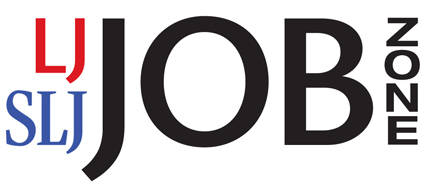Reference: Public Citizen and RJWF Releases First Comprehensive State Occupational Safety and Health Standards Database
From Public Citizen:
Today, Public Citizen and the Public Health Law Research (PHLR) program of the Robert Wood Johnson Foundation released the first comprehensive database of all state occupational safety and health regulations and laws intended to protect workers from specific workplace hazards, in the 25 states with federally authorized enforcement agencies.
The database is designed for workers, unions, employers, occupational safety and health researchers and advocates, and state and federal regulatory officials, as a tool to compare and contrast regulations and laws across different states and with existing federal Occupational Safety and Health Administration (OSHA) rules.
The database reveals that most of the 25 states have amended or supplemented one or more federal regulations, and several states have issued regulations or laws protecting workers from hazards – such as heat stress, workplace violence, combustible dust and musculoskeletal injuries – that have not yet been addressed in a federal OSHA regulation.
[Clip]
The database was made possible through a $50,000 grant from PHLR. It is published on the program’s LawAtlas website, which was developed as a tool to help policymakers, advocates and researchers understand the various laws on a given topic, how they differ over time and across jurisdictions, and evaluate their impact.
Some key findings:
- The number of state standards issued by each of the 25 state OSHA plans varies widely. Just four states (California, Michigan, Oregon and Washington) are responsible for the vast majority of all state occupational safety and health standards.
- Seven states (Alaska, Connecticut, Hawaii, Minnesota, New York, Tennessee and Vermont) have retained more protective chemical exposure limits developed by federal OSHA in 1989 but rescinded by court order in 1993. Four states (California, Michigan, Oregon and Washington) have developed at least one chemical exposure limit that has never been adopted by federal OSHA.
- Three states (California, Minnesota and Washington) have developed standards protecting workers from heat stress.
- Three states (New Mexico, New York and Washington) have standards to prevent death and injury from workplace violence.
- Two states (California and Utah) have developed standards to prevent explosions from combustible dust.
- Two state plans (California and Minnesota) enforce standards or laws addressing safe patient handling requirements to minimize musculoskeletal injuries in health care workers, while California also has a rule addressing ergonomics injuries more generally
- Two states (Michigan and Oregon) have especially informative websites, which compare their state standards with federal OSHA regulations, making it clear where they differ from the federal rules.
Direct to Database Links
About Gary Price
Gary Price (gprice@gmail.com) is a librarian, writer, consultant, and frequent conference speaker based in the Washington D.C. metro area. He earned his MLIS degree from Wayne State University in Detroit. Price has won several awards including the SLA Innovations in Technology Award and Alumnus of the Year from the Wayne St. University Library and Information Science Program. From 2006-2009 he was Director of Online Information Services at Ask.com.


